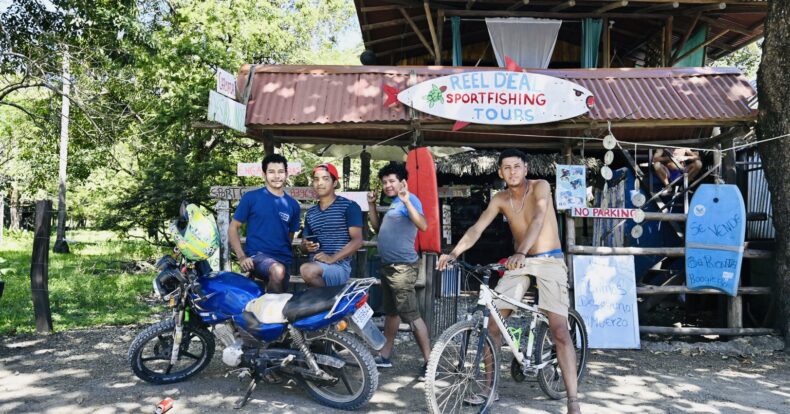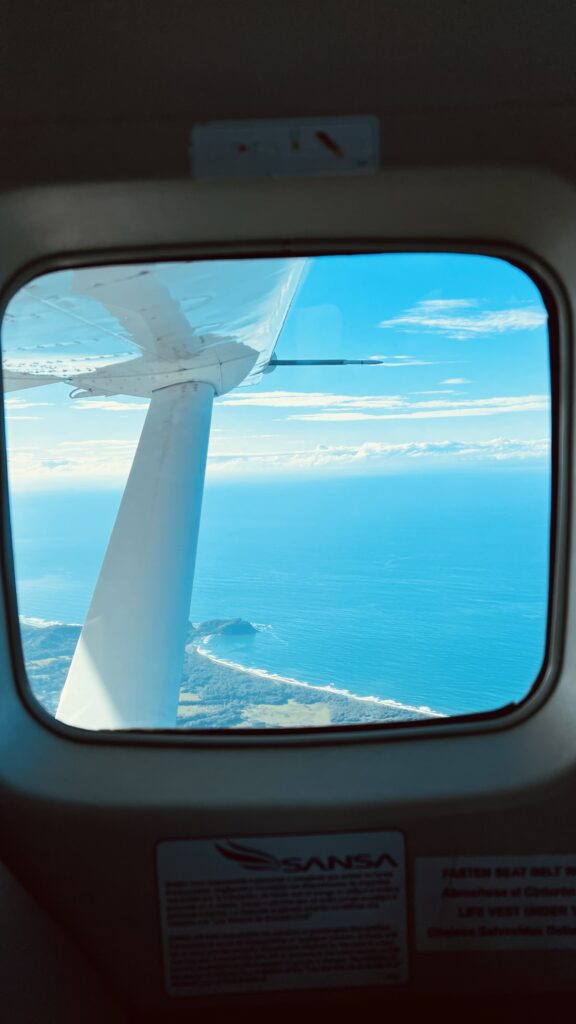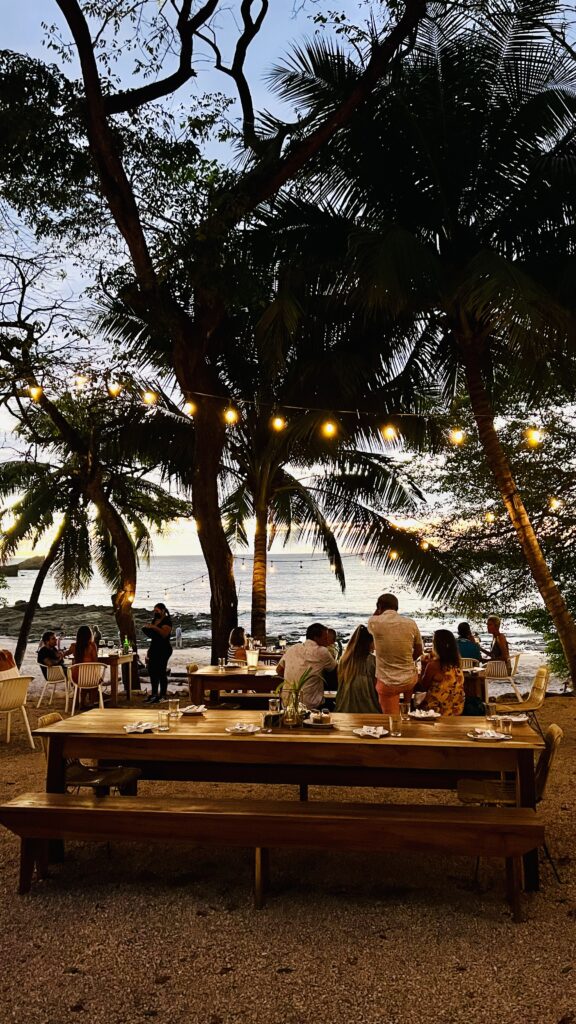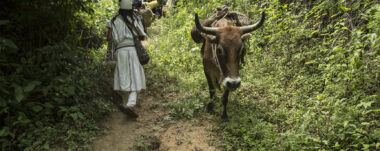Nosara: The Wonder of Costa Rica

Traveler’s journal: Nosara by Cory Le Guen
Hard to reach but even harder to leave, Nosara is hidden on the Pacific coast. An outdoor paradise for surfers, expats and yoga enthusiasts.
There is a certain frenzy as the days leading up to a trip to an unknown land get closer to departure. A time that seems to pass in slow motion. We check that our passport is up to date, that everything that needs to be booked is, and then D-day is here. A trip to Costa Rica, so awaited, so longed for, that I feel like a five year old child. In the Air France plane that connects Paris to the capital San José, the landscapes of the country scrutinized through several websites come back to my memory.
It’s already hot when the arrival formalities are over and the first steps outside the terminal are heavy. We mustn’t delay or waste a minute: at six o’clock the next morning, a plane is scheduled to leave for the Guanacaste region, one of the country’s seven provinces.
From the capital, the single engine propeller of twelve seats embarks us towards the West coast of the country: Nosara.
The green landscapes fascinate the seven passengers who all have their phones glued to the windows, including me.
One would think one was in one of those documentaries so typical of National Geographic. The Pacific Ocean becomes more majestic as we fly around. The contrast between the tropical green and the blue of the water is striking. The connection with the elements is natural.
On the Nicoya Peninsula, where Nosara is located, distances are measured in hours rather than kilometers, especially along the coastline. The roads here are intermittently paved and, in places, look as if they have been hit by a meteor shower. So much so that some of the potholes are gigantic. The driving is not pleasant, but we know that at the end of this vehicular drum is happiness on Earth.
In arid February, dust covers the lush roadsides, creating a clay-colored trench in the dry rainforest. There is no indication that this is a road to anywhere – certainly not a paradise.
However, the voice of the GPS finally told me to turn left, so I guided my rental Toyota on an even rougher and more winding trail while avoiding two-wheelers, pick-ups and cattle trucks.
I had heard about Nosara for years from delighted fitness instructors at its yoga retreats and surf camps, to name two major activities. The city has a large expatriate community of American “hippies” dating back to at least the 1970s. It’s still not uncommon to hear the story of an American family packing up and making a permanent home here, as Mel Gibson does for much of the year.

Accomodation and Dinner in Nosara, Costa Rica
Modern accommodations range from four-star resorts to low-key beach hotels and inns. Some, like the Lagarta Lodge, have their own wildlife reserve and a commitment to sustainable tourism. Environmental preservation is one of the most captivating things about Costa Rica, as the citizens seem to be so aware of it.
A sign in my room advised locking the sliding patio doors to avoid intrusion by coatis (a kind of long-nosed raccoon) who cunningly open to steal the sugar laid out for the espresso machine, but most nights I was content to turn off the air conditioning, open the glass doors, and fall asleep listening to the wind and crashing waves, followed at dawn by the howling monkeys’ guttural growls.
At dusk, Chirriboca brings people from all over to Nosara for a very Latino, relatively dressy dinner. I still remember the chef’s artistic creation: a filet of trout and a whole avocado served on a corn risotto, or Caribbean snapper coated in a spicy ginger and coconut sauce – all enjoyed while Venus descended at night on that same beach to light up the beach.
In Nosara, you feel like you are abandoning yourself, positively. The worries of everyday life are a distant memory and we spend the morning knowing what we will eat for lunch and again in the afternoon for dinner. Pura vida (pure life) has become so synonymous with a happy country that it is also said in place of a greeting.
What tourists call Nosara is a tangle of neighborhoods hidden behind two main beaches: the longer Playa Guiones and the cozy Playa Pelada. The secret of Nosara’s beauty is that it lies along the Ostional National Wildlife Reserve, a privileged nesting place for sea turtles where development is limited to less than 200 meters from high tide. While in towns like Tamarindo, hotels and restaurants surround the beach noisily, in Nosara, all new developments are nestled in the woods, and the wide beaches benefit.

Playa Pelada, Costa Rica
In the early evening, the intimate Playa Pelada becomes a social center. Seawater bursts through the volcanic rock. Riders crisscross the sand and potential influencers hold sunset photo shoots.
Diners fill the sandy courtyard of La Luna, the beach’s trendiest bar and restaurant. As the sun begins its retreat to return the next morning, beachgoers, tourists and Costa Ricans alike gather on blankets for this much respected ritual.
While I had spent three days in Nosara, I had not looked at my phone, which remained in “airplane mode” and was only used to take pictures. I turned my phone back on and hundreds of notifications started to vibrate in all directions, reminding me of the problems the world is going through.
I turned off my smartphone and put it away. The worries of the world, my worries, seemed to be thousands of miles away as if this part of the world was above all a balm to serenity. The Nosara effect, no doubt.
Author: Cory Le Guen
Navigate articles





